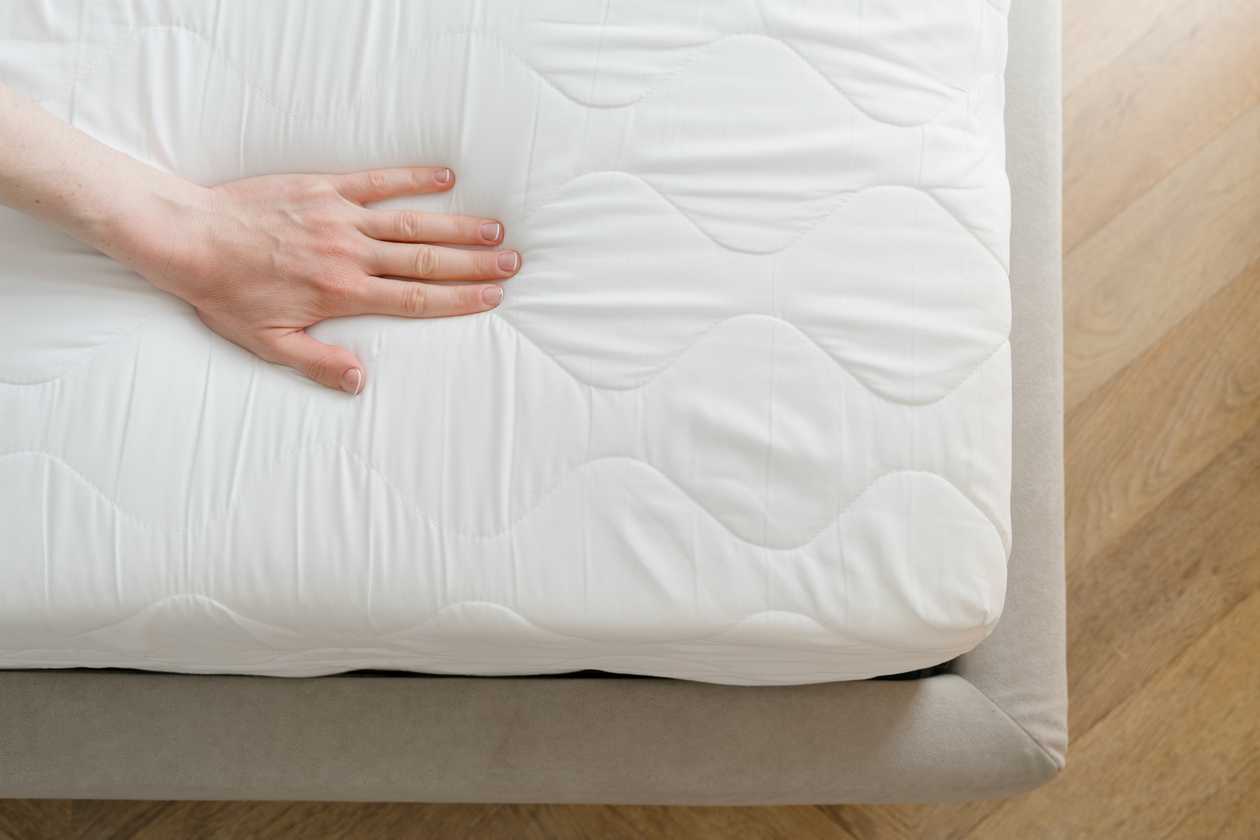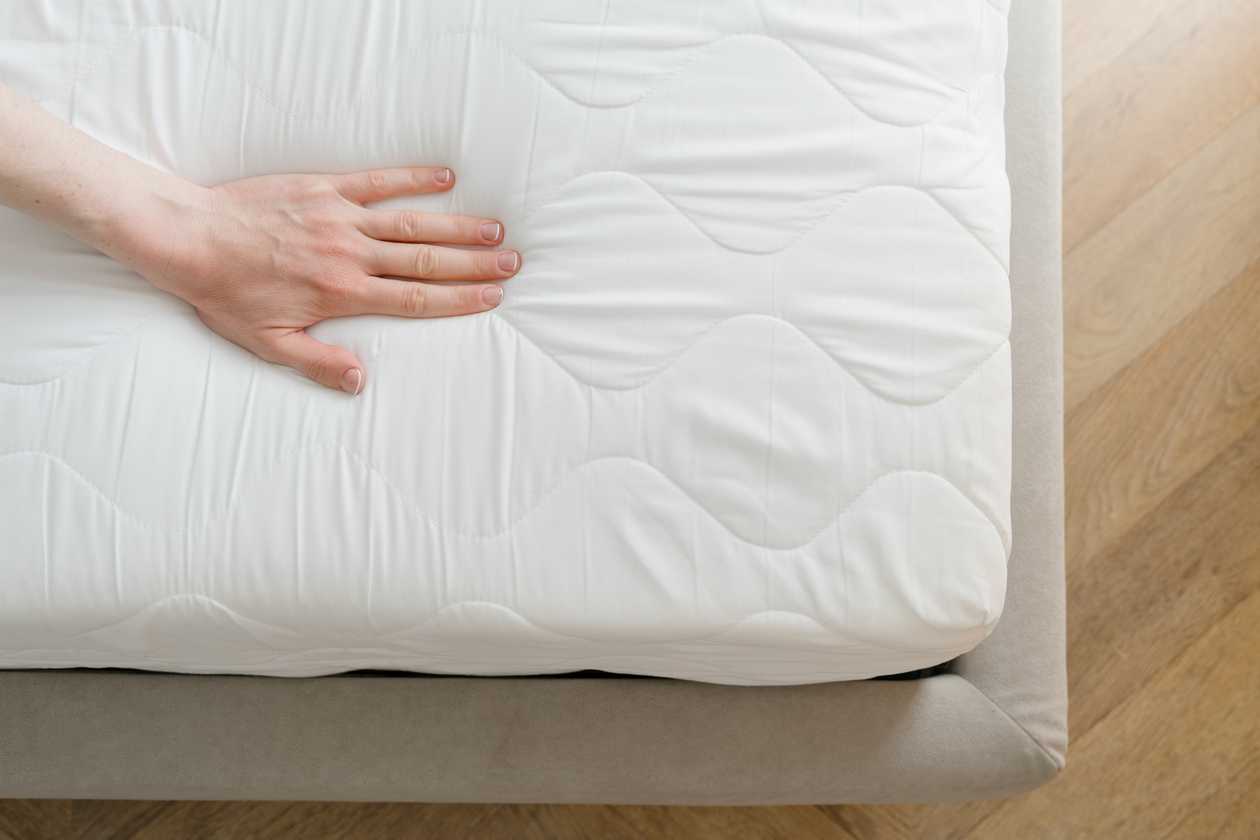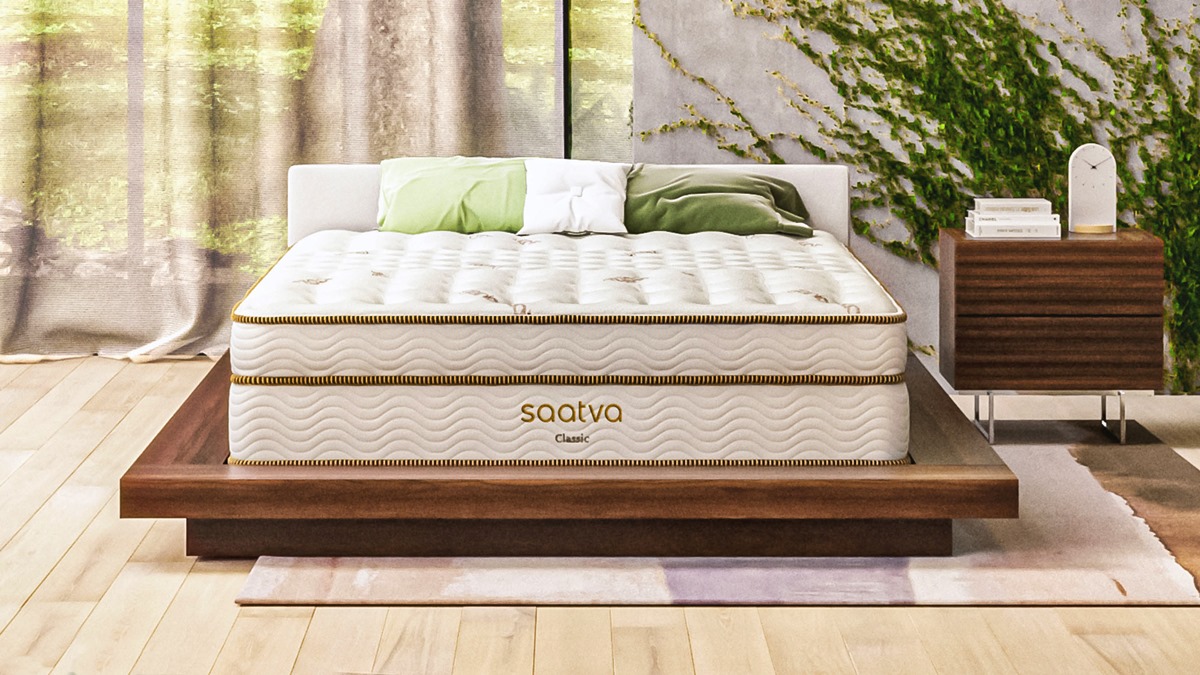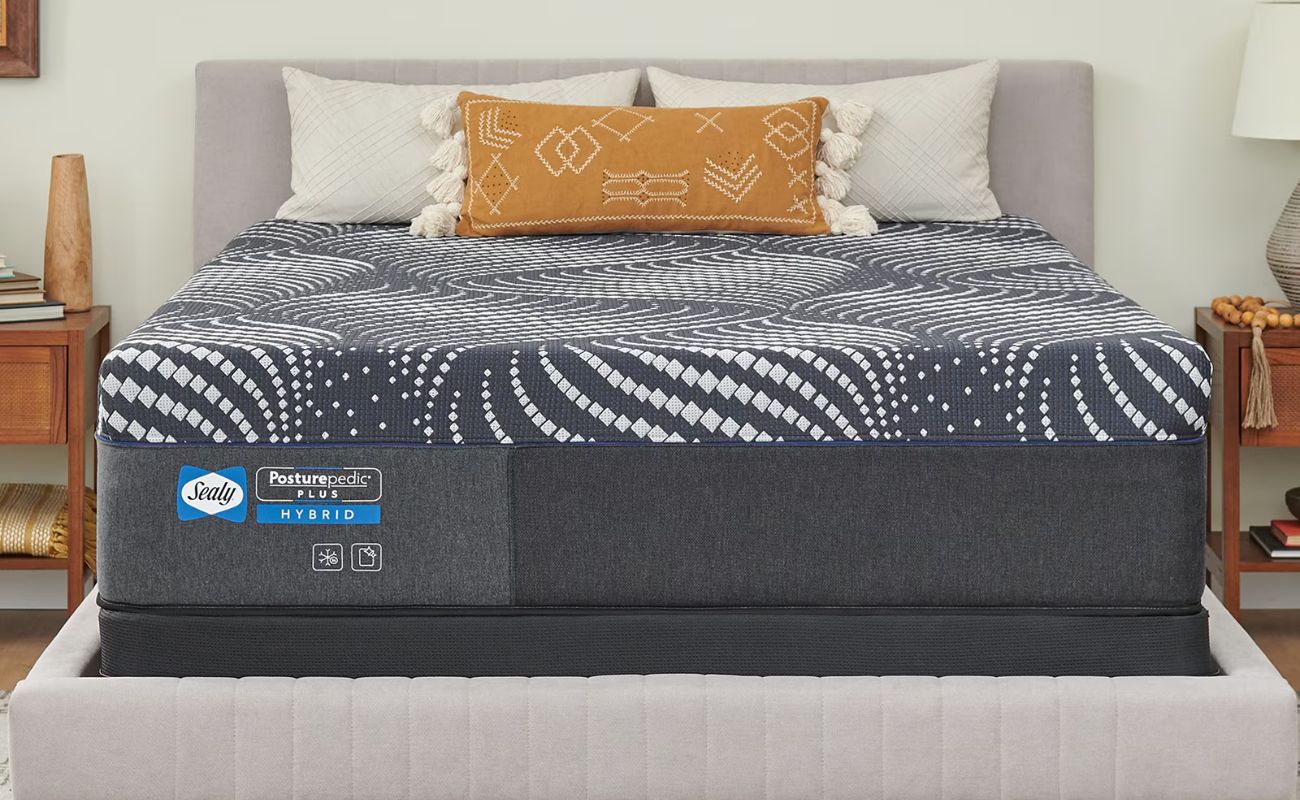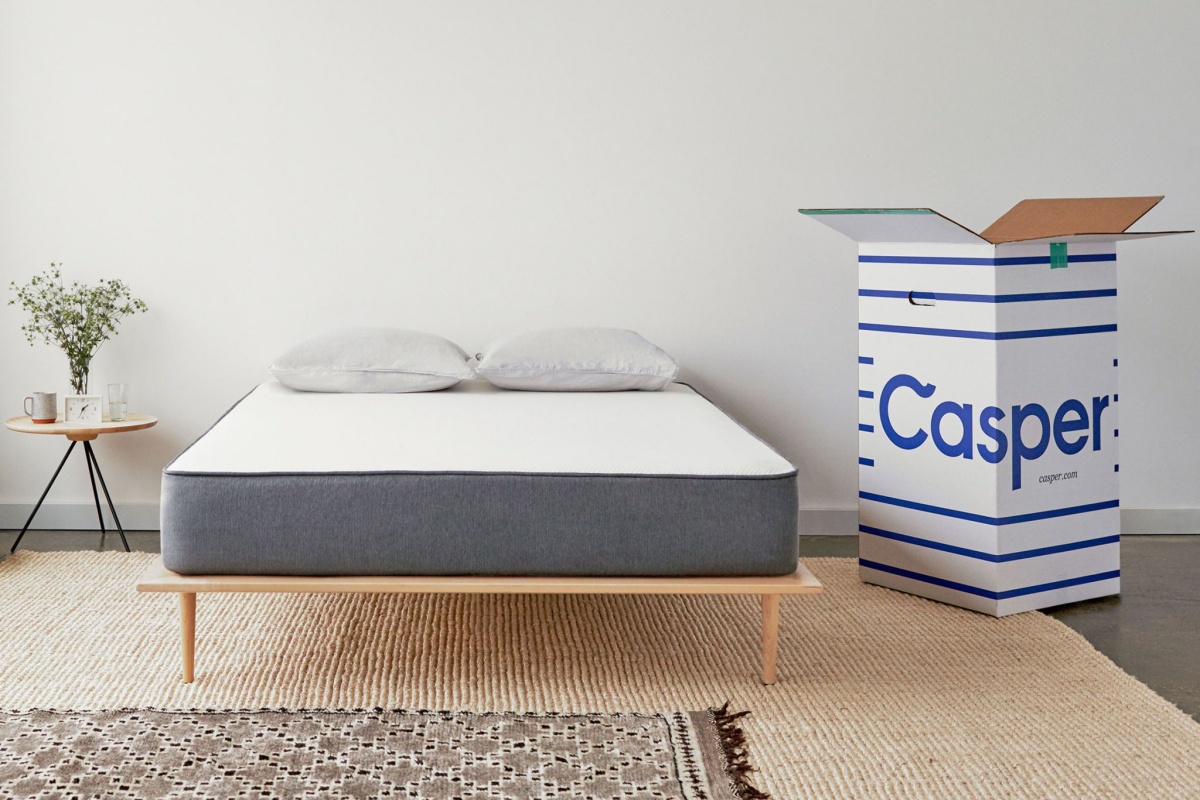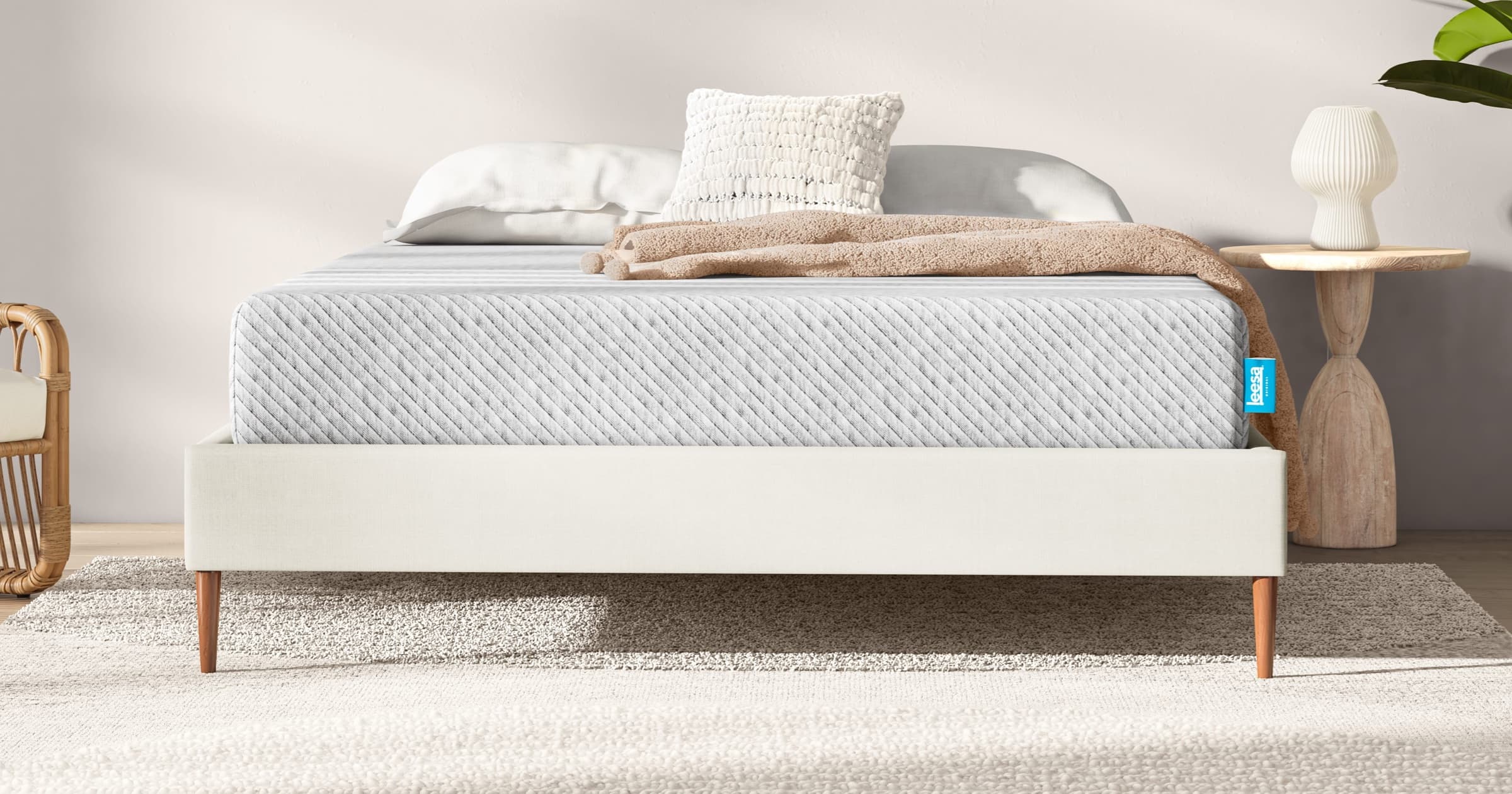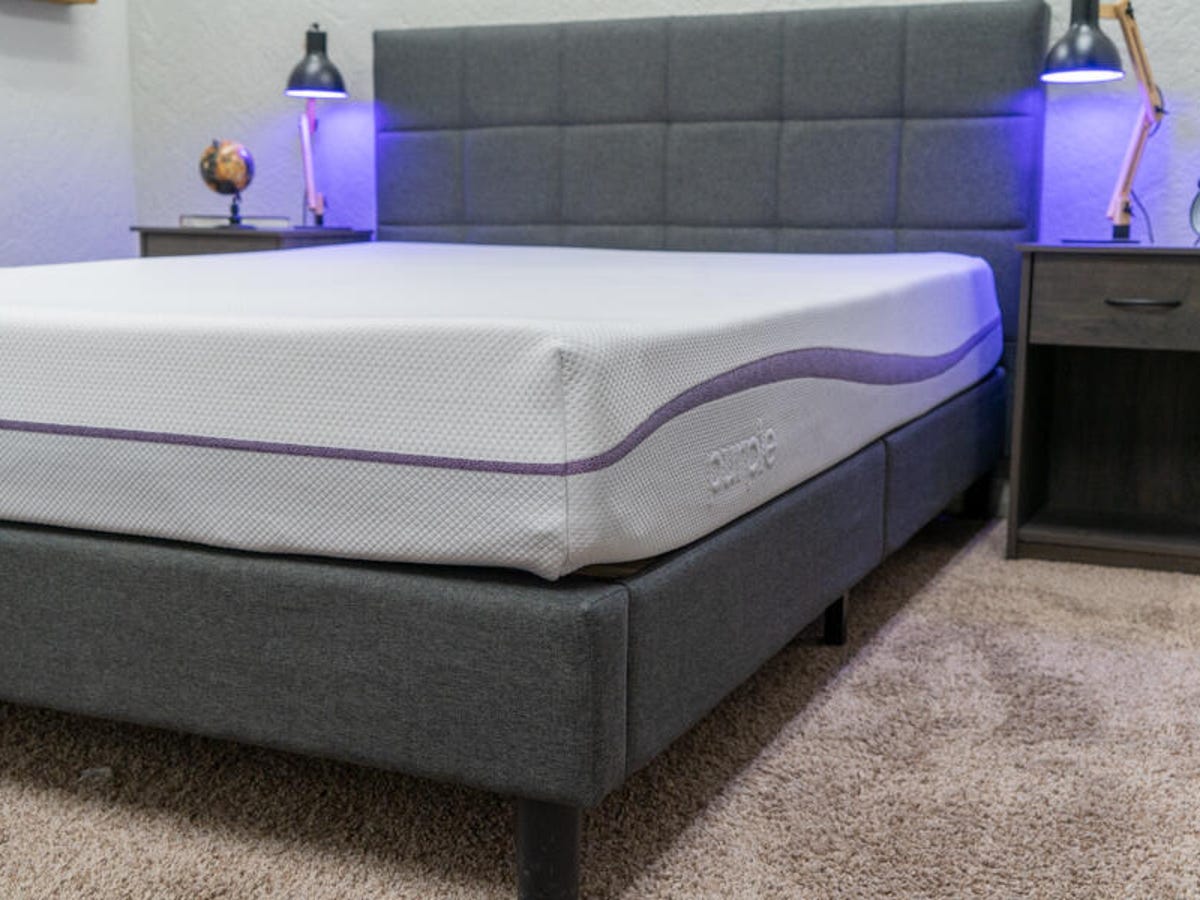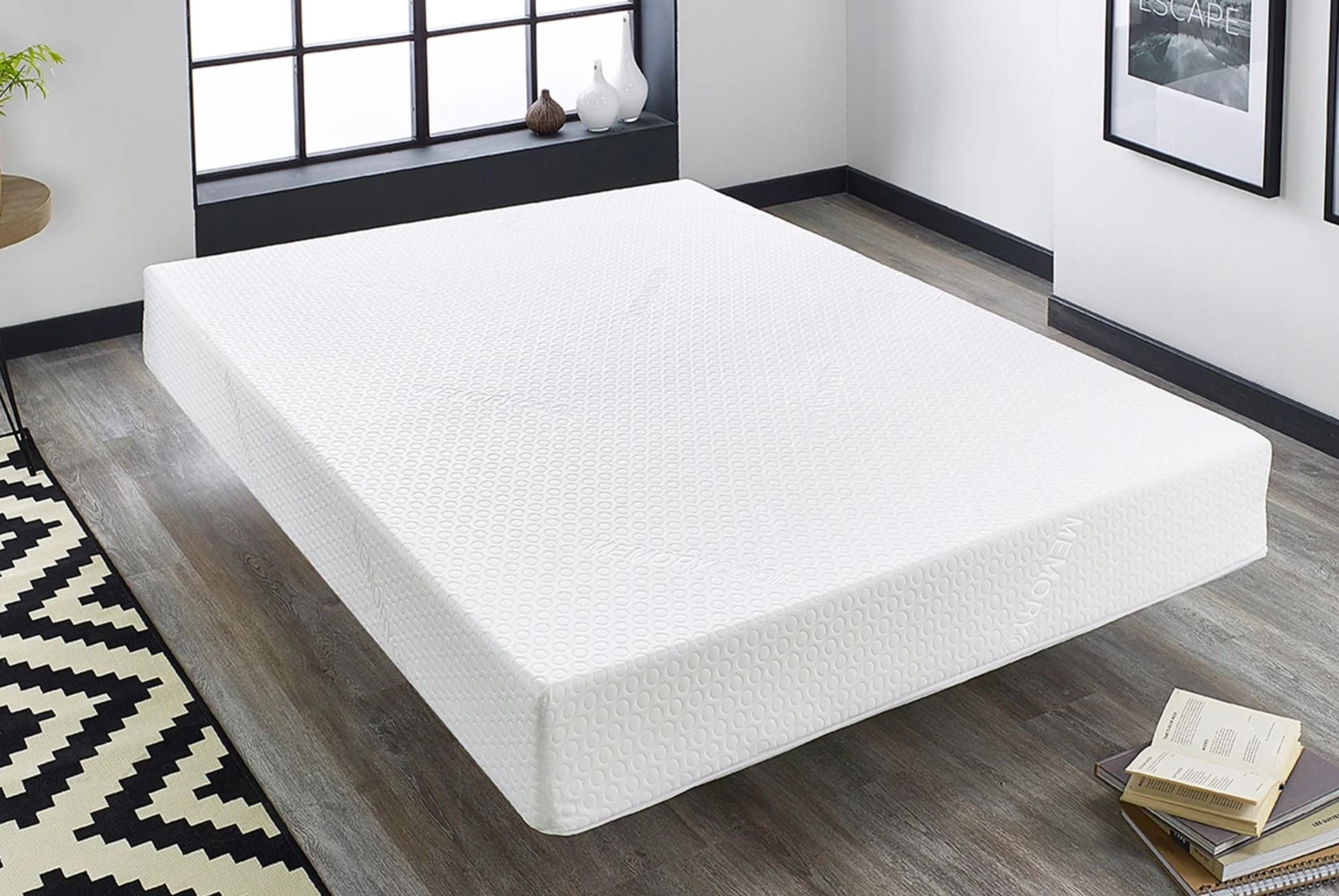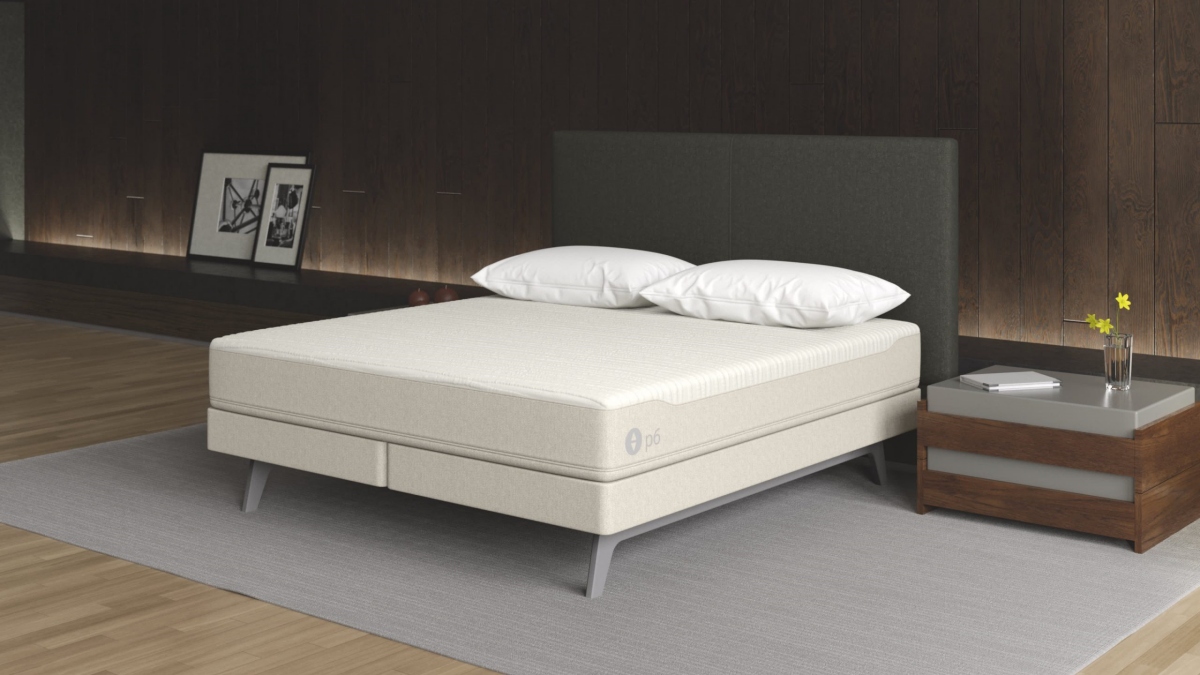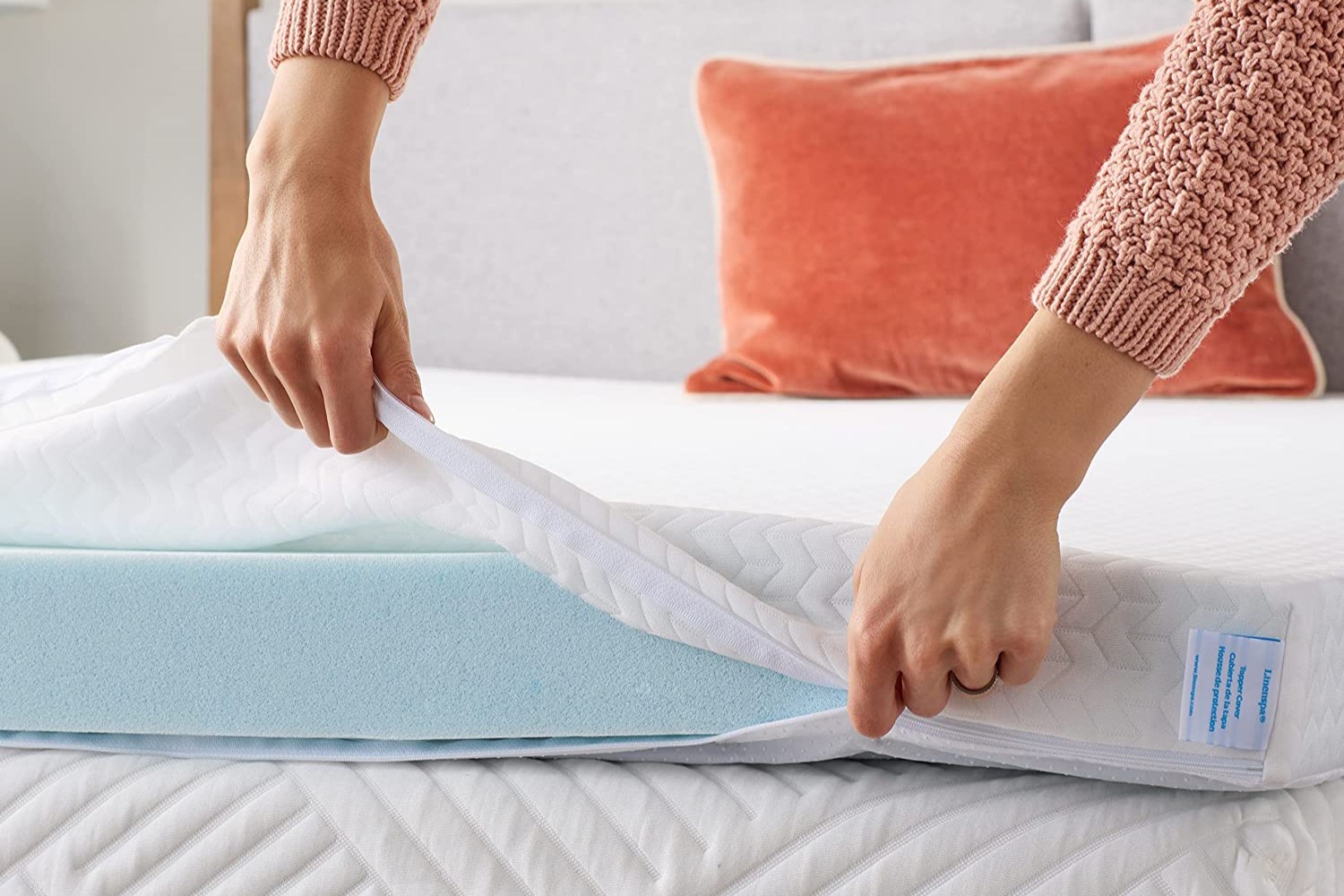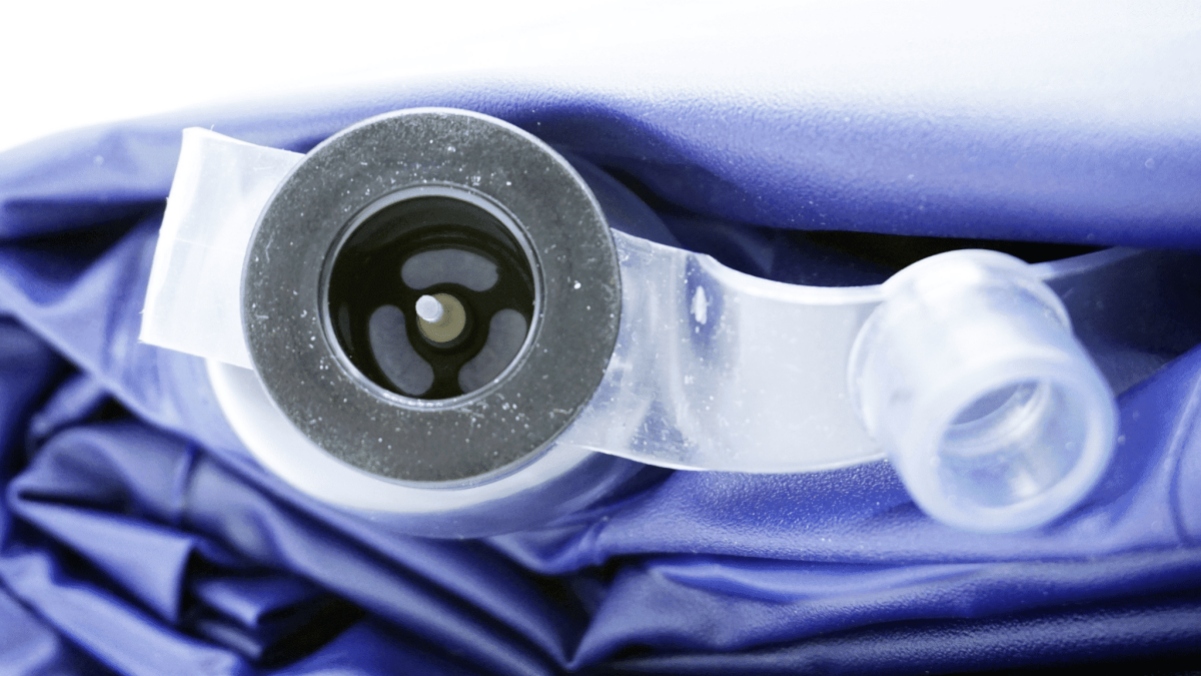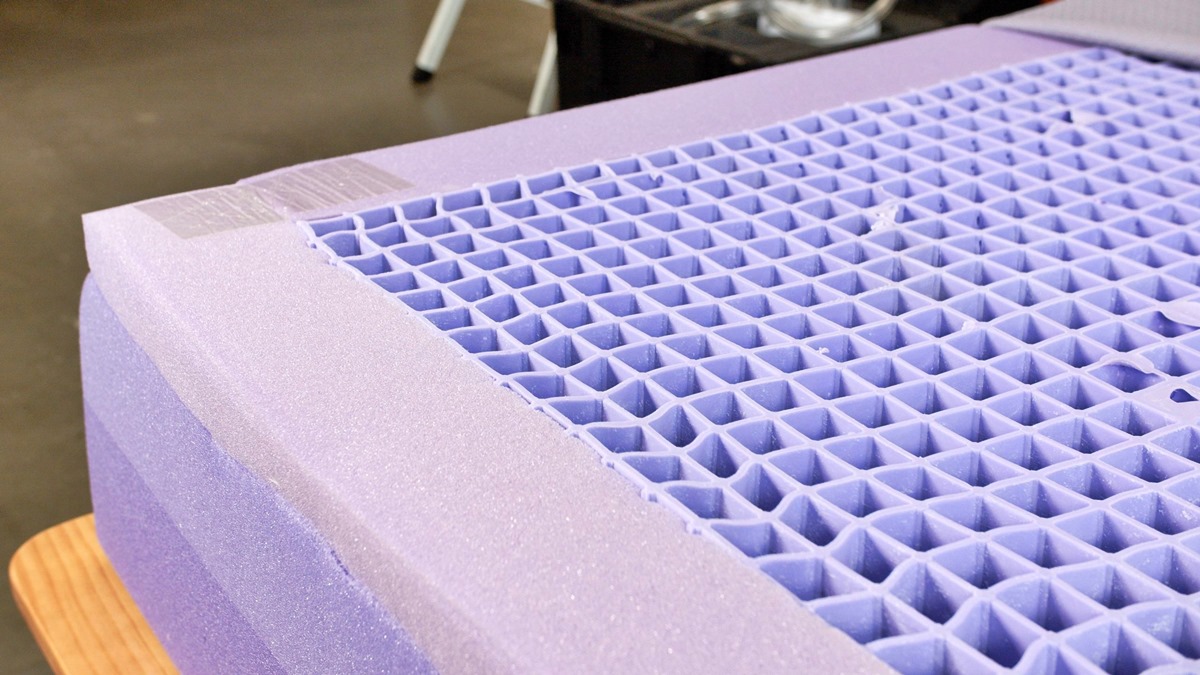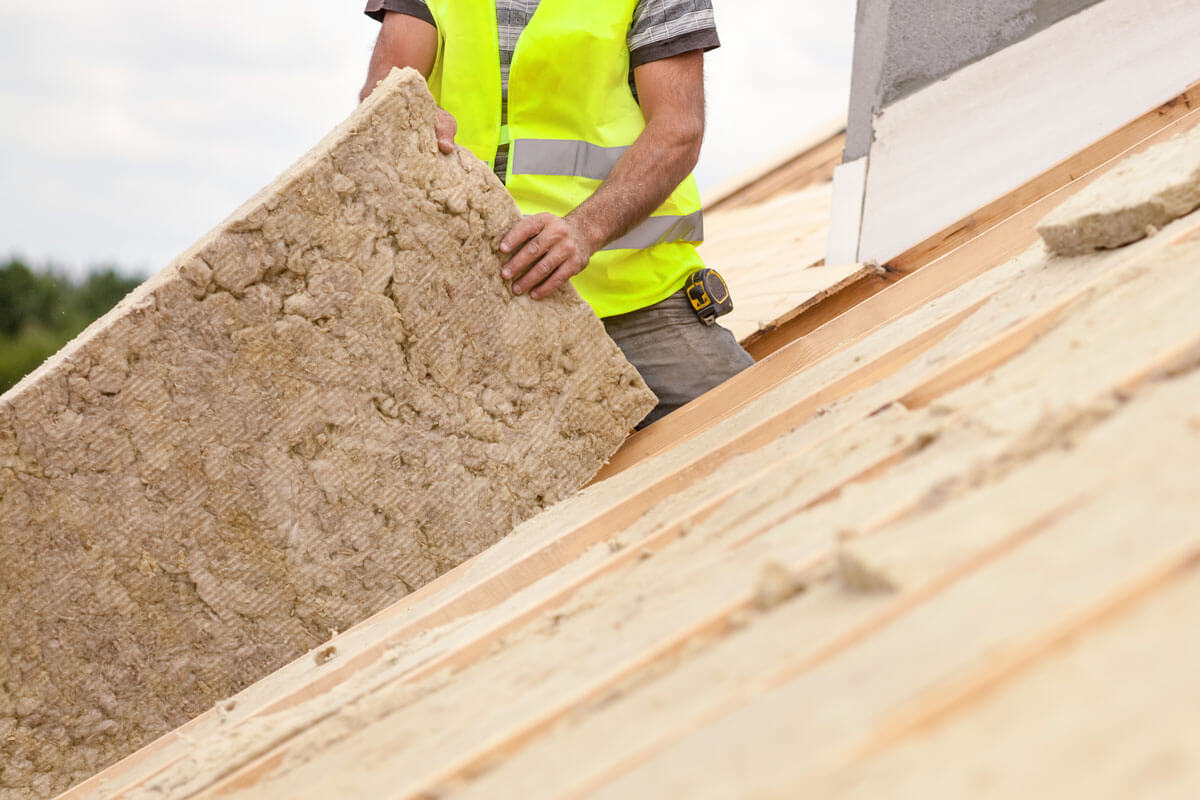Home>Furniture>Bedroom Furniture>How Long Does A Tuft And Needle Mattress Last
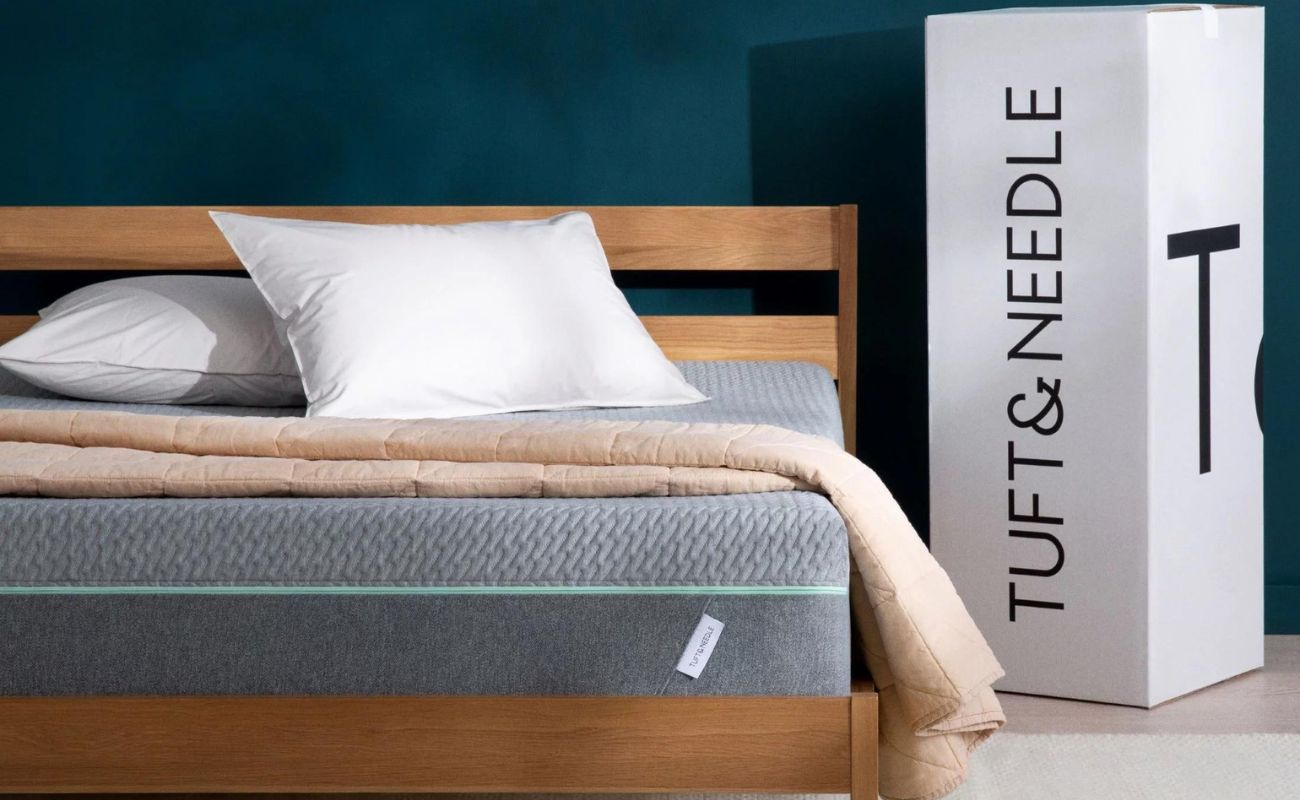

Bedroom Furniture
How Long Does A Tuft And Needle Mattress Last
Published: December 9, 2023
Find out how long a Tuft and Needle mattress can last and choose the perfect bedroom furniture for a lasting sleep experience.
(Many of the links in this article redirect to a specific reviewed product. Your purchase of these products through affiliate links helps to generate commission for Storables.com, at no extra cost. Learn more)
Introduction
Choosing the right mattress is crucial for a good night’s sleep and overall comfort. Among the many options available, Tuft and Needle mattresses have gained significant popularity and a reputation for their quality and comfort. However, like any mattress, a Tuft and Needle mattress has a lifespan and will eventually need to be replaced.
In this article, we will explore the factors that can affect the lifespan of a Tuft and Needle mattress, the average lifespan you can expect, and signs that indicate it’s time to consider getting a new one. Additionally, we will provide you with some valuable tips to help extend the lifespan of your mattress, allowing you to enjoy its comfort and support for as long as possible.
Key Takeaways:
- A Tuft and Needle mattress can last 6 to 8 years with proper care. Factors like usage, weight, and maintenance play a role in its lifespan. Look for signs of wear and tear, sagging, and discomfort to know when it’s time for a replacement.
- To extend the lifespan of your Tuft and Needle mattress, use a mattress protector, rotate it regularly, and ensure proper support. Avoid excessive moisture, direct sunlight, and jumping on the mattress. Following these tips can help maximize its durability and your sleep quality.
Read more: How To Clean A Tuft And Needle Mattress
Factors That Affect the Lifespan of a Tuft and Needle Mattress
The lifespan of a Tuft and Needle mattress can vary depending on several factors. Understanding these factors will help you make informed decisions about your mattress and ensure that you get the most out of it. Here are some key factors that can affect the lifespan of your Tuft and Needle mattress:
- Quality Materials and Construction: The quality of materials used in the construction of a mattress plays a significant role in determining its durability. Tuft and Needle mattresses are crafted using high-quality materials that are designed to be long-lasting and provide exceptional comfort and support. The use of adaptive foam, which is designed to retain its shape and bounce, contributes to the overall lifespan of the mattress.
- Usage and Weight: The amount of use your mattress receives and the weight it supports can impact its lifespan. Mattresses that are frequently used, such as in a primary bedroom, may experience more wear and tear compared to those used in spare bedrooms. Similarly, heavier individuals may put more pressure on the mattress, which can decrease its overall lifespan.
- Maintenance and Care: Proper care and maintenance can significantly extend the lifespan of your Tuft and Needle mattress. Regularly rotating and flipping the mattress can help distribute the wear evenly, preventing sagging in specific areas. Additionally, using a mattress protector can protect it from spills, stains, and allergens, keeping it in better condition for a longer time.
- Environmental Factors: Environmental factors such as temperature, humidity, and exposure to sunlight can affect the lifespan of a mattress. Excessive heat and humidity can degrade the materials of the mattress, while direct sunlight can lead to fading and weakening of the fabric covers. It is recommended to protect your mattress from extreme temperatures and direct sunlight to prolong its lifespan.
By taking these factors into consideration, you can make informed decisions about the use, care, and maintenance of your Tuft and Needle mattress. This will help ensure that it remains comfortable and supportive for an extended period, maximizing its overall lifespan.
Quality Materials and Construction
One of the key factors that sets Tuft and Needle mattresses apart is the quality of materials used in their construction. Tuft and Needle mattresses are carefully crafted using premium materials to ensure durability, comfort, and support.
One of the standout features of Tuft and Needle mattresses is the use of proprietary adaptive foam. This foam is designed to contour to your body and relieve pressure points, providing a comfortable sleeping surface. It also has a high level of responsiveness, quickly bouncing back to its original shape after you move.
The adaptive foam used in Tuft and Needle mattresses is also engineered to have excellent breathability. This helps regulate your body temperature and ensures you stay cool throughout the night, promoting a more restful sleep.
In addition to the adaptive foam, Tuft and Needle mattresses also feature a high-density support layer. This layer provides the necessary foundation and stability, ensuring that the mattress maintains its shape and support for years to come.
The construction of a Tuft and Needle mattress is also worth mentioning. These mattresses are carefully assembled to ensure optimal performance and longevity. Each layer is expertly designed to work together to provide the right amount of comfort and support.
Furthermore, Tuft and Needle mattresses are CertiPUR-US® certified, which means they are made without harmful chemicals and materials. This certification guarantees that the mattress is free from ozone depleters, heavy metals, formaldehyde, and other harmful substances, making it safe for you and the environment.
Overall, the combination of high-quality materials like adaptive foam and the meticulous construction process ensures that Tuft and Needle mattresses can withstand years of use without compromising on comfort or support. Investing in a mattress with superior materials and construction will pay off in terms of durability and longevity.
Average Lifespan of a Tuft and Needle Mattress
The lifespan of a Tuft and Needle mattress can vary depending on factors such as usage, maintenance, and care. On average, a Tuft and Needle mattress can last between 6 to 8 years. However, with proper care and maintenance, it is possible to extend its lifespan beyond that range.
The durability and longevity of a Tuft and Needle mattress can be attributed to the high-quality materials used in its construction. The adaptive foam, which is designed to retain its shape and bounce, plays a significant role in ensuring the mattress’s durability over time.
It is important to note that the lifespan of a mattress can be influenced by factors such as the amount of use it receives and the weight it supports. A mattress that is used as a primary bed and supports heavier individuals may experience more wear and tear, potentially reducing its overall lifespan.
To make the most of your Tuft and Needle mattress and extend its lifespan, it is essential to practice proper maintenance and care. Regularly rotating the mattress, every 3-6 months, helps distribute the wear evenly, preventing sagging in specific areas. Using a mattress protector can also help protect the mattress from spills, stains, and allergens, prolonging its lifespan.
Furthermore, taking precautions to protect the mattress from environmental factors can also contribute to its longevity. Avoid exposing the mattress to excessive heat, high humidity, and direct sunlight as these can accelerate the deterioration of the materials.
While the average lifespan of a Tuft and Needle mattress falls between 6 to 8 years, it’s important to consider your own comfort and support needs when determining if it’s time to replace the mattress. As your body changes and your sleep preferences evolve, you may find that it’s time to invest in a new mattress for optimal comfort and support.
By understanding the factors that can affect the lifespan of your Tuft and Needle mattress and practicing proper care, you can maximize its durability and enjoy its comfort for many years.
A Tuft and Needle mattress typically lasts around 6-7 years with proper care and maintenance. To extend its lifespan, rotate the mattress every 3-6 months and use a mattress protector to prevent damage.
Signs that Your Tuft and Needle Mattress Needs to be Replaced
While Tuft and Needle mattresses are known for their durability and long lifespan, there will come a time when you need to replace your mattress to ensure continued comfort and support. Here are some signs that indicate it’s time to consider getting a new Tuft and Needle mattress:
- Sagging: If you notice visible sagging in the mattress surface or feel a lack of support when lying down, it’s a clear indication that the mattress has worn out. Sagging can affect your body alignment and may lead to discomfort and poor sleep quality.
- Visible Wear and Tear: Examine the mattress for any signs of wear and tear, such as fraying, unraveling seams, or exposed coils. These visual cues indicate that the mattress has reached the end of its lifespan and may no longer provide adequate support and comfort.
- Increased Discomfort: If you find yourself waking up with more aches, pains, or stiffness than usual, it could be a sign that your mattress is no longer providing the necessary support. Over time, the materials in the mattress can lose their resilience, leading to increased discomfort during sleep.
- Allergies or Respiratory Issues: If you start experiencing frequent allergy symptoms or respiratory issues like sneezing, coughing, or congestion that occur primarily when you are in bed, it could indicate an accumulation of allergens, dust mites, or mold in your mattress. This can be a sign that it’s time for a replacement.
- Significant Weight Gain or Loss: Changes in your body weight can affect the overall comfort and support that a mattress provides. If you have experienced a significant weight gain or loss since purchasing your Tuft and Needle mattress, it may be time to evaluate whether it is still suitable for your current body type and sleep needs.
While these signs suggest that it might be time to replace your Tuft and Needle mattress, it’s important to trust your own comfort and intuition. If you find your sleep quality has significantly declined, even if there are no visible signs of wear, it may be worth considering a new mattress to better meet your sleep needs.
Remember, a quality mattress plays a vital role in your overall well-being and sleep quality. By recognizing the signs that your Tuft and Needle mattress needs to be replaced, you can make an informed decision and invest in a new mattress that will provide the optimum support and comfort for a restful night’s sleep.
Read more: How Long Does A Mattress Last?
Tips to Extend the Lifespan of Your Tuft and Needle Mattress
Taking proper care of your Tuft and Needle mattress can help prolong its lifespan and ensure you continue to enjoy a comfortable and supportive sleep surface for years to come. Here are some valuable tips to help you extend the lifespan of your mattress:
- Use a Mattress Protector: Investing in a high-quality mattress protector is one of the best ways to protect your mattress from spills, stains, and allergens. A waterproof mattress protector will create a barrier between your body and the mattress, preventing any liquids from seeping through and causing damage.
- Rotate the Mattress: Regularly rotating your Tuft and Needle mattress can help distribute the wear and tear evenly. It is recommended to rotate the mattress every 3-6 months to prevent excessive sagging and maintain consistent support.
- Ensure Proper Support: Make sure your mattress is properly supported by using a sturdy and well-designed bed frame or foundation. Insufficient support can lead to premature sagging and damage to the mattress.
- Keep the Mattress Clean: Regular cleaning can help maintain the freshness and hygiene of your mattress. Vacuuming the mattress periodically can remove any dust, dirt, or allergens that may accumulate on the surface.
- Avoid Jumping on the Mattress: Jumping on the bed may be fun, but it can cause unnecessary strain and damage to the mattress. Avoid excessive jumping or putting stress on specific areas of the mattress to prevent premature wear and tear.
- Avoid Excessive Moisture: Excessive moisture can lead to the growth of mold or mildew, which can degrade the materials of your mattress. Keep your mattress dry and avoid placing it in an area prone to high humidity.
- Avoid Exposing to Direct Sunlight: UV rays can damage the mattress materials and cause fading. Protect your Tuft and Needle mattress from direct sunlight by using curtains or blinds in your bedroom.
- Follow Manufacturer’s Care Instructions: Every mattress comes with specific care instructions from the manufacturer. Be sure to read and follow these instructions carefully to avoid any damage or voiding the warranty.
By following these tips, you can maximize the lifespan of your Tuft and Needle mattress and ensure it provides optimal comfort and support for years to come. Putting in a little effort to maintain and care for your mattress will pay off in terms of longevity and a restful night’s sleep.
Conclusion
Investing in a high-quality mattress like a Tuft and Needle not only provides you with comfort and support but also ensures that you can enjoy restful sleep for years to come. By understanding the factors that affect the lifespan of your mattress and following proper care and maintenance, you can extend its longevity and make the most out of your investment.
Factors such as the quality of materials and construction, usage and weight, maintenance and care, and environmental factors all play a role in determining how long your Tuft and Needle mattress will last. However, on average, you can expect a lifespan of 6 to 8 years. Keep in mind that individual factors and personal comfort preferences may influence when it’s time to replace your mattress.
Knowing the signs that indicate your Tuft and Needle mattress needs replacement can help you ensure that you are always sleeping on a mattress that provides the necessary support and comfort. Look for signs of sagging, visible wear and tear, increased discomfort, allergies or respiratory issues, and consider any significant weight changes since purchasing your mattress.
To extend the lifespan of your Tuft and Needle mattress, follow some essential tips, such as using a mattress protector, rotating the mattress regularly, maintaining proper support, keeping the mattress clean, avoiding excessive moisture and direct sunlight, and following the manufacturer’s care instructions.
In conclusion, by taking care of your Tuft and Needle mattress and being proactive in its maintenance, you can maximize its lifespan and continue to enjoy a restful sleep experience. Remember to prioritize your comfort and support needs and replace your mattress when necessary to ensure optimal sleep quality and overall well-being.
Frequently Asked Questions about How Long Does A Tuft And Needle Mattress Last
Was this page helpful?
At Storables.com, we guarantee accurate and reliable information. Our content, validated by Expert Board Contributors, is crafted following stringent Editorial Policies. We're committed to providing you with well-researched, expert-backed insights for all your informational needs.
